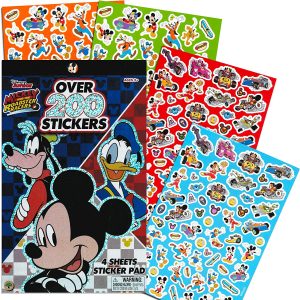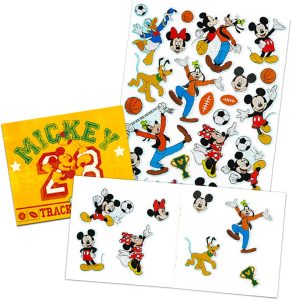Creating engaging booklets involves a combination of content, design, and layout that captures the reader’s attention and keeps them interested from start to finish. Whether you’re creating a booklet for educational purposes, marketing, storytelling, or any other purpose, here are some tips to help you craft an engaging booklet:
- Define Your Purpose and Audience: Determine the purpose of your booklet and identify your target audience. Are you educating, promoting, or entertaining? Knowing your audience will guide your content and design choices.
- Clear and Compelling Content: Craft well-written, concise, and engaging content. Use clear language, avoid jargon, and keep paragraphs and sentences short. Use headings, bullet points, and lists to break up the text and make it easier to read.
- Visual Appeal: Incorporate visuals such as images, illustrations, graphs, and charts that relate to your content. Visuals can help explain complex concepts, add interest, and make your booklet visually appealing.
- Consistent Design Elements: Establish a consistent design theme throughout the booklet. Choose a color palette, fonts, and layout that match the tone and purpose of your booklet. Consistency creates a professional and cohesive look.
- Attention-Grabbing Cover: Your booklet’s cover is the first thing readers see. Make it visually striking with an enticing title, relevant imagery, and clear branding if applicable. The cover should convey what the booklet is about at a glance.
- Compelling Title and Headlines: Use catchy, relevant, and intriguing titles and headlines. A strong title can pique curiosity and encourage readers to delve into the content.
- Engaging Introduction: Start with an introduction that hooks the reader. Pose a thought-provoking question, share a compelling anecdote, or present an interesting fact to draw readers in.
- Structured Layout: Organize your content logically. Use headings, subheadings, and sections to break up the content and make it easier to navigate. A clear structure helps readers find what they’re looking for quickly.
- Storytelling and Narratives: If appropriate, incorporate storytelling elements into your booklet. People are naturally drawn to stories, and weaving a narrative can make the content more relatable and memorable.
- Interactive Elements: Depending on your medium (print or digital), consider adding interactive elements like QR codes, clickable links, quizzes, or exercises that engage readers and encourage them to participate.
- Variety in Content Types: Mix up your content with a variety of formats such as text, images, infographics, quotes, and testimonials. This keeps the reader engaged by offering different ways to absorb information.
- Call to Action (CTA): If your booklet has a specific purpose, include a clear and compelling call to action at the end. Whether it’s signing up for a newsletter, attending an event, or making a purchase, guide the reader on what to do next.
- Proofreading and Editing: Errors can undermine the credibility of your booklet. Proofread and edit your content carefully to ensure accuracy and professionalism.
- User-Friendly Format: Consider the format of your booklet. If it’s a print version, choose an appropriate size and paper quality. If it’s digital, optimize it for online reading on various devices.
- Feedback and Testing: Before finalizing your booklet, gather feedback from peers or target audience members. Test the booklet’s readability and engagement by having others review it.
Remember, the key to an engaging booklet is to provide valuable content in a visually appealing and accessible format. Balancing these elements will help you create a booklet that resonates with your audience and effectively delivers your message.


















